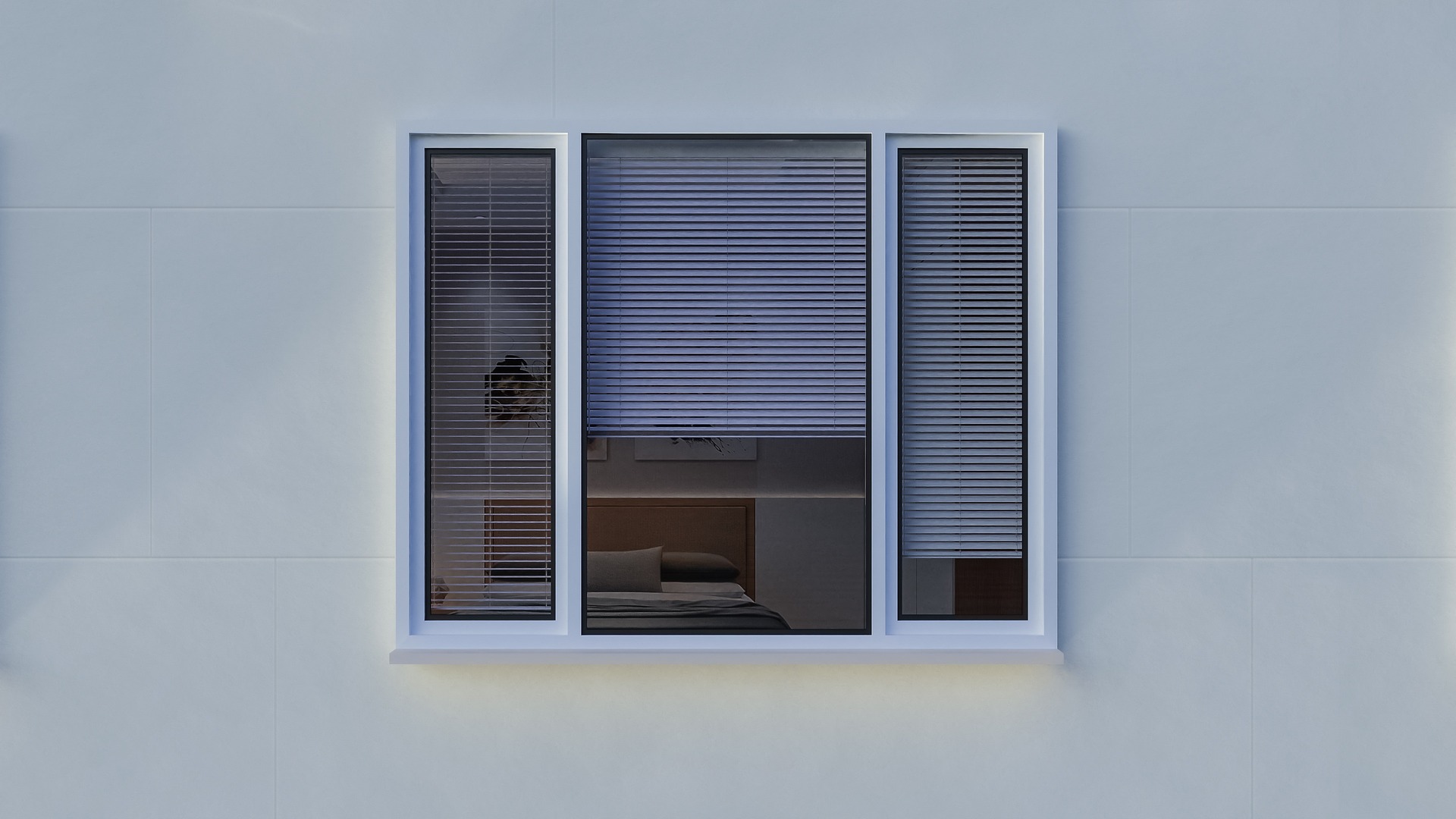Window Covering Trends
Window treatments have evolved far beyond simple curtains and blinds, becoming sophisticated design elements that define modern living spaces. Today's homeowners are embracing innovative window covering solutions that blend functionality with aesthetic appeal, creating stunning focal points while addressing practical needs like privacy, light control, and energy efficiency. Understanding current trends helps you make informed decisions that enhance both your home's comfort and visual impact.

What Are the Most Popular Modern Window Designs This Year?
Contemporary window coverings emphasize clean lines, natural materials, and smart functionality. Motorized blinds lead the modern window designs revolution, offering seamless integration with home automation systems. Cellular shades with top-down, bottom-up functionality provide flexible light control while maintaining sleek profiles. Woven wood blinds bring organic textures indoors, while panel track blinds create dramatic statements on large windows and sliding doors. These designs prioritize both form and function, delivering sophisticated looks without sacrificing practicality.
How Do Interior Design Trends Influence Window Treatment Choices?
Current interior design trends heavily favor warm neutrals, sustainable materials, and multifunctional elements, directly impacting window covering selections. Earth-tone fabrics, bamboo materials, and linen textures align with biophilic design principles gaining popularity nationwide. Layered treatments combining sheers with solid panels create depth and visual interest while supporting the maximalist approach trending in 2024. Color schemes featuring sage greens, warm terracottas, and creamy whites influence fabric and material choices, ensuring window treatments complement overall room aesthetics seamlessly.
Which Minimalist Home Decor Options Work Best for Windows?
Minimalist home decor emphasizes simplicity, functionality, and uncluttered spaces, making window treatment selection crucial for maintaining clean aesthetics. Roman shades in neutral linen or cotton provide streamlined looks without visual bulk. Cordless cellular shades eliminate dangling strings while offering energy-efficient insulation. White or off-white roller shades create seamless backgrounds that don’t compete with furniture or artwork. For ultimate minimalism, consider motorized treatments that eliminate visible cords and operate with smartphone apps, maintaining pristine, uninterrupted sight lines.
What Smart Technology Features Are Transforming Window Coverings?
Smart home integration revolutionizes how homeowners interact with window treatments, offering unprecedented convenience and energy efficiency. Voice-activated controls through Alexa or Google Assistant enable hands-free operation, while smartphone apps provide remote access from anywhere. Automated scheduling systems adjust blinds based on sunrise, sunset, or preset preferences, maximizing natural light while protecting furniture from UV damage. Light sensors automatically respond to changing conditions, and integration with thermostats optimizes energy usage by coordinating window treatments with heating and cooling systems.
What Unique Window Covering Insights Apply to American Homes?
American homes present unique challenges requiring specialized window treatment solutions due to diverse architectural styles and regional climate variations. Ranch-style homes with expansive picture windows benefit from motorized cellular shades that provide insulation against temperature extremes common across the continental United States. Colonial and Victorian homes often feature irregularly shaped windows requiring custom treatments like arched top cellular shades or specialty-shaped shutters. Southern homes prioritize UV protection and heat reduction, making solar screens and blackout cellular shades popular choices, while Northern climates favor insulating treatments like honeycomb shades with multiple cells for enhanced thermal performance.
How Do Window Covering Costs Compare Across Different Styles?
Window covering investments vary significantly based on style, size, and features, making cost comparison essential for budget planning. Basic options like vinyl blinds start around $20-50 per window, while premium treatments can exceed $500 per window for custom motorized solutions.
| Treatment Type | Price Range | Key Features | Best For |
|---|---|---|---|
| Vinyl Blinds | $20-60 | Easy cleaning, moisture resistant | Bathrooms, kitchens |
| Cellular Shades | $80-300 | Energy efficient, light filtering | Living rooms, bedrooms |
| Motorized Blinds | $200-600 | Smart home integration, convenience | Modern homes, automation |
| Custom Shutters | $300-800 | Durability, property value increase | Traditional homes, resale |
| Solar Screens | $100-250 | UV protection, heat reduction | Sun-facing windows |
Prices, rates, or cost estimates mentioned in this article are based on the latest available information but may change over time. Independent research is advised before making financial decisions.
Professional installation typically adds $50-150 per window, though some homeowners successfully install simpler treatments themselves. Custom sizing, premium materials, and smart features significantly impact final costs, but energy savings and increased home value often justify higher initial investments.
Modern window covering trends reflect broader lifestyle shifts toward smart homes, sustainable living, and personalized comfort. Whether embracing minimalist aesthetics or incorporating cutting-edge technology, today’s options offer solutions for every taste and budget. The key lies in balancing style preferences with functional requirements while considering long-term value and energy efficiency benefits that quality window treatments provide.




